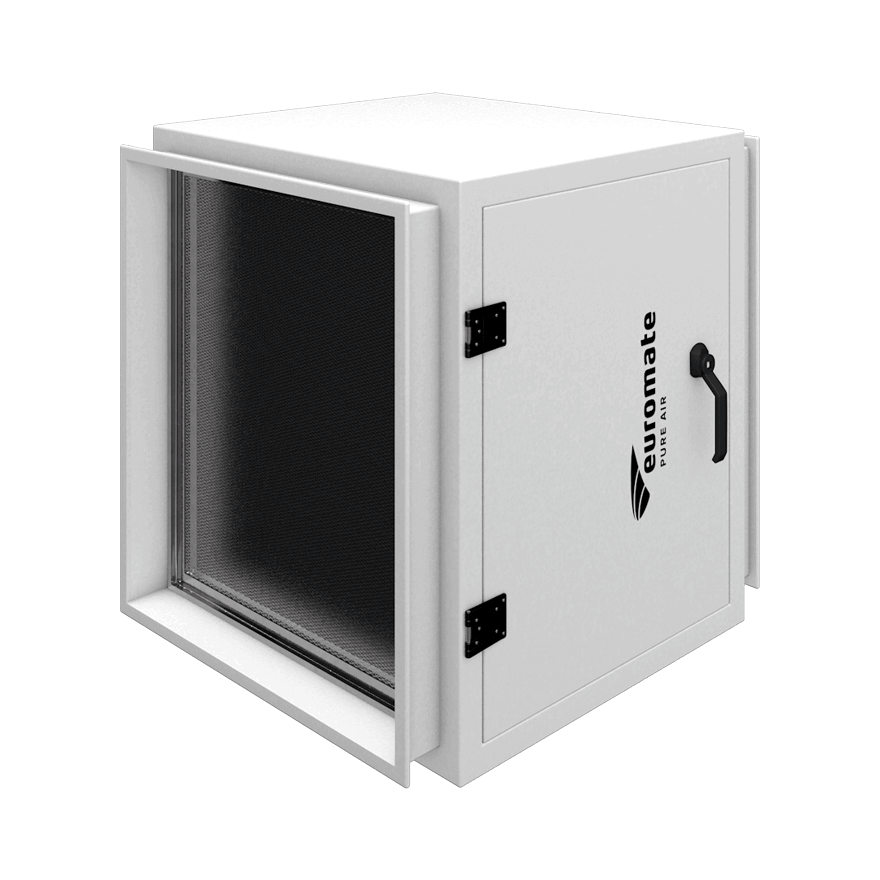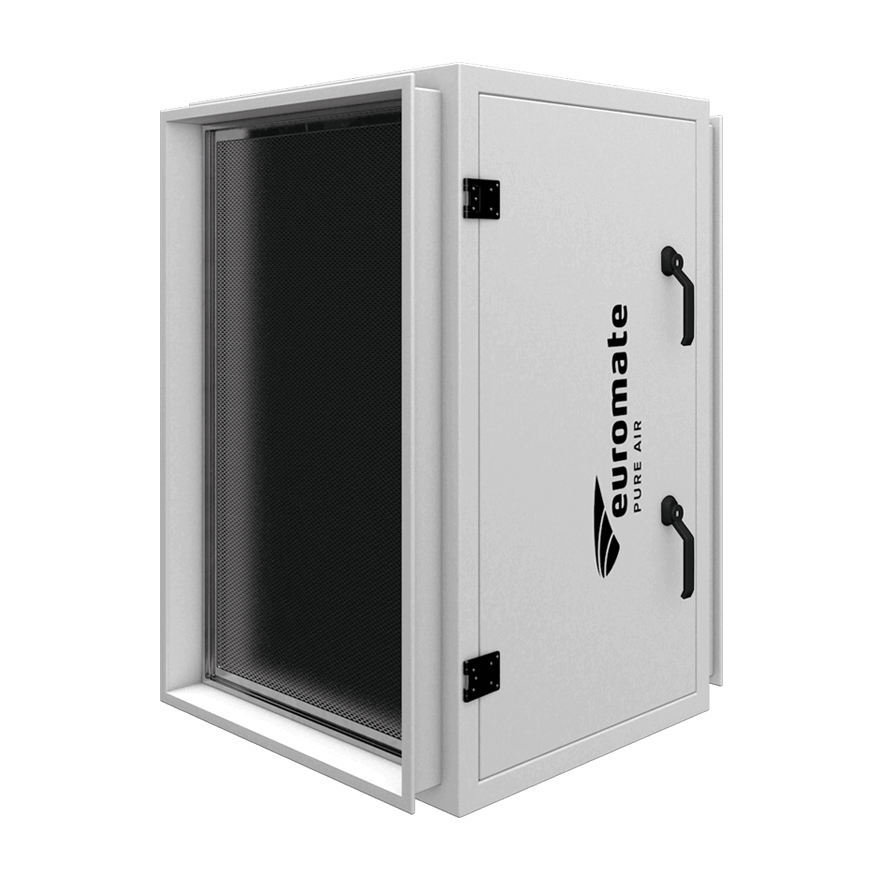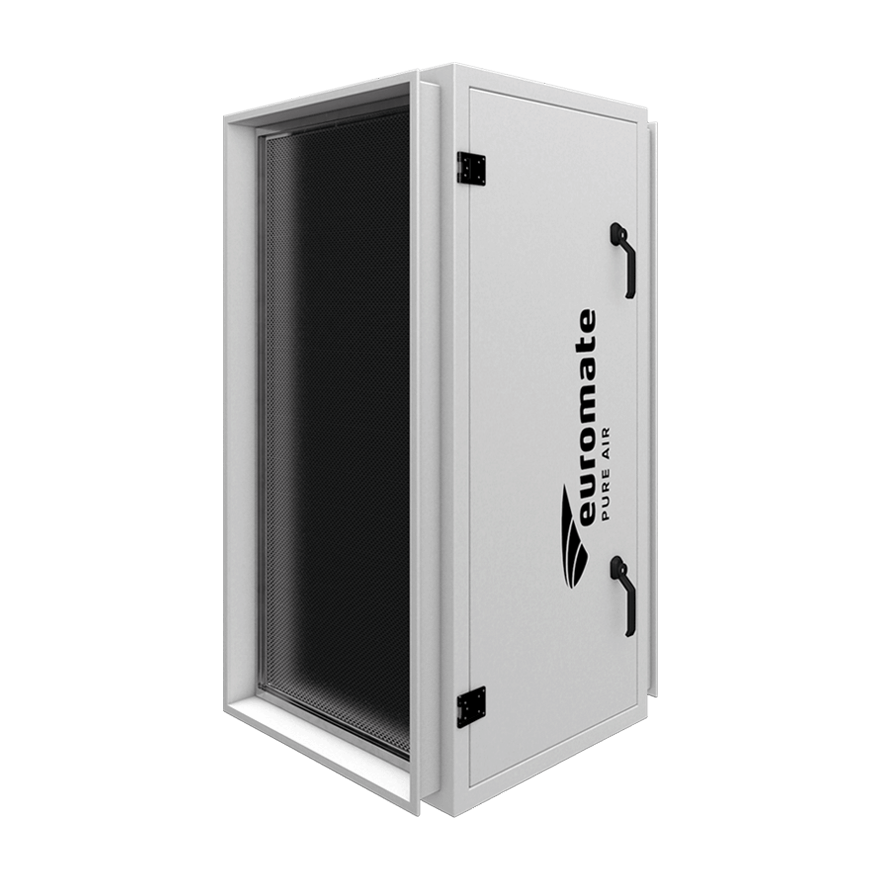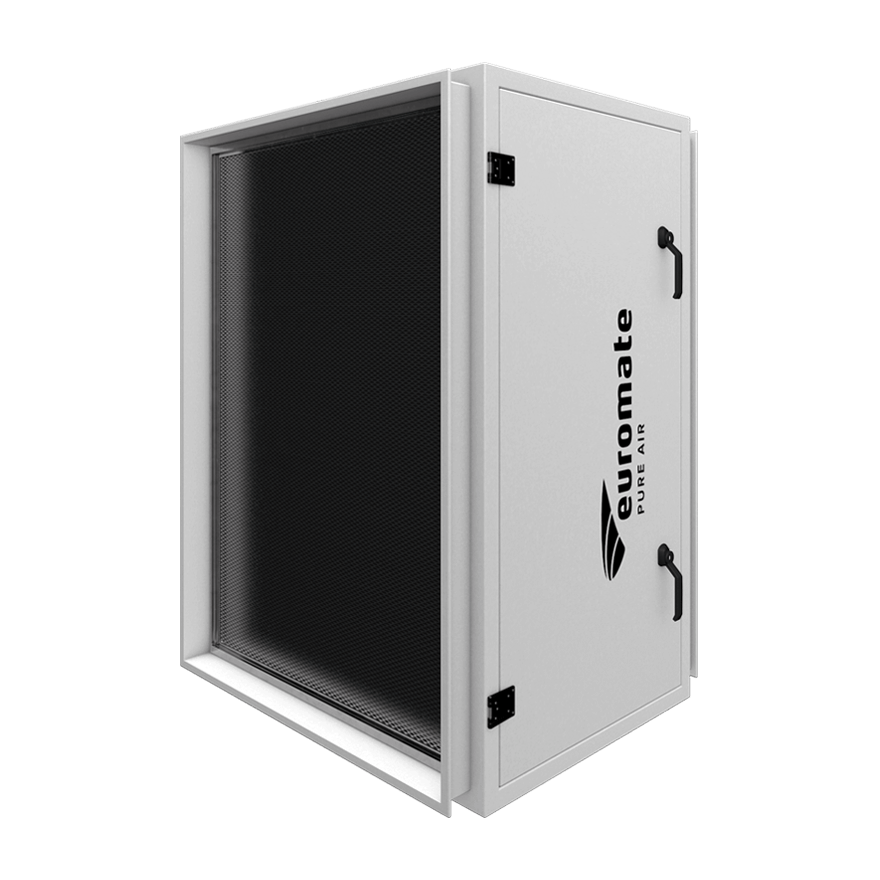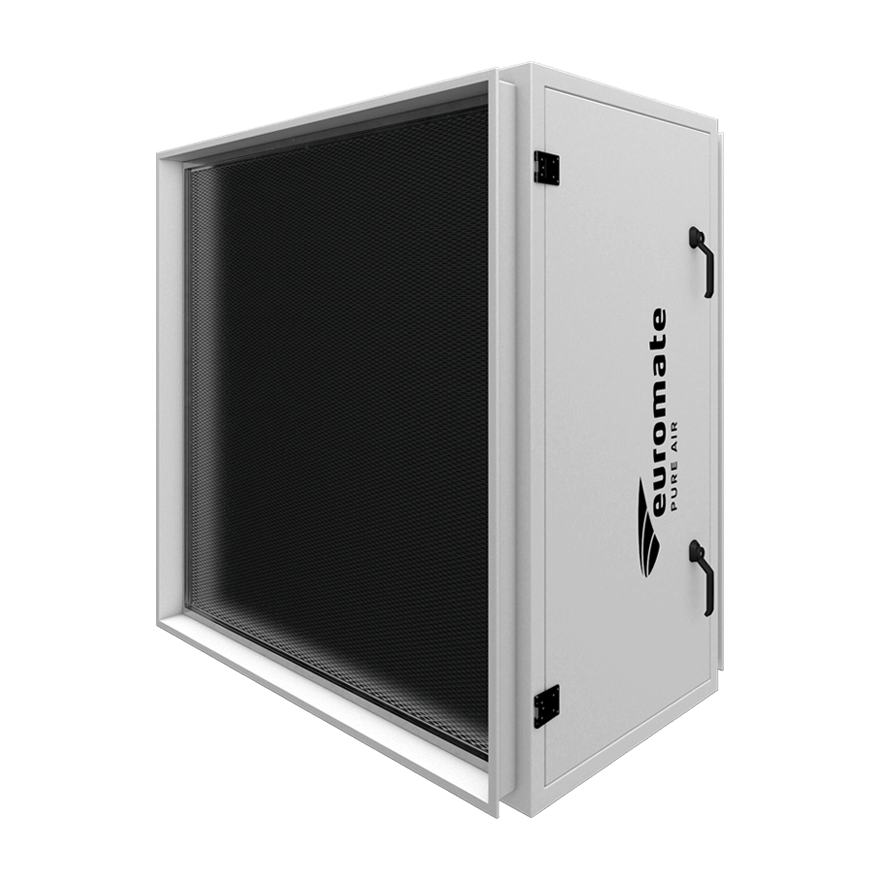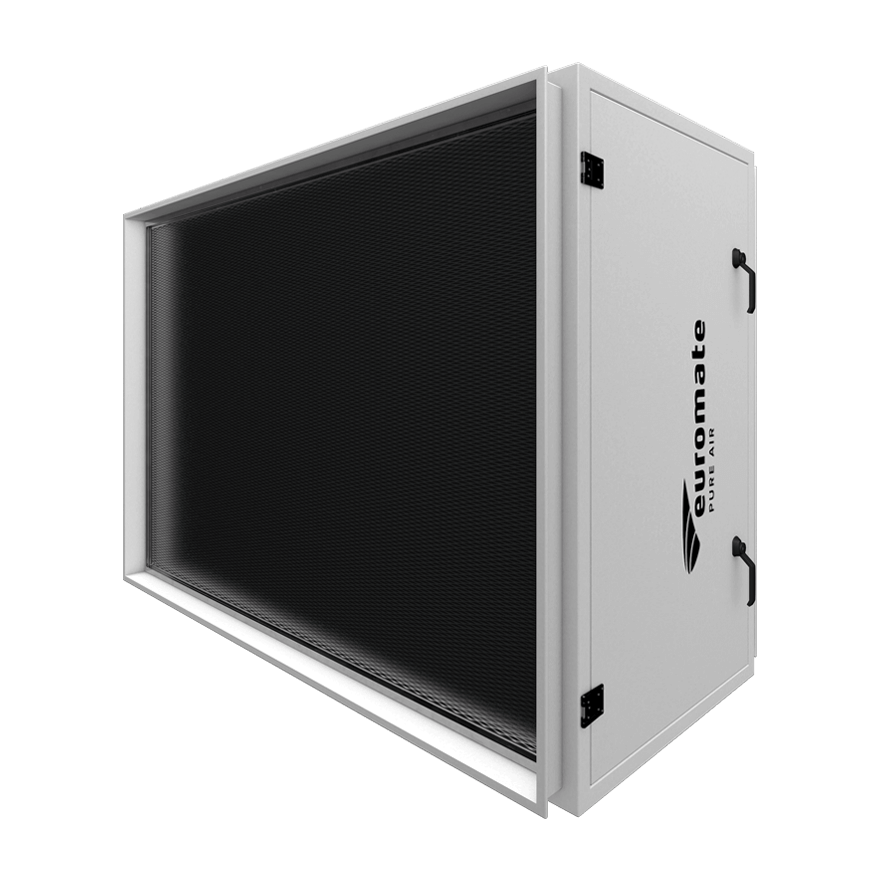Among the widely used industrial adsorbents, the most important which is currently used for controlling environmental pollution are activated carbon with high porosity.
Commercially active carbons are obtained by activating carbon obtained from wood, peat, lignite, charcoal, bone, coconut shell, rice husk, hazelnut shell and oil products through various processes.
The activated carbons with extremely porous structure are the most important ones of the currently used adsorbents amongst the commonly used industrial adsorbents in order to control environmental pollution. Commercially activated carbons are derived by the activation of processed carbons which are produced by charcoal, peat, lignite, coal, bone, coconut shell, brown rice, nutshell and oil products.
Activated carbon is a generic term used for defining the carbonized adsorbents family due to its big crystal form and extremely large pore structure. Activated carbons are useful products that have extremely porous structure and inner surface area and they do not harm human health. Activated carbons are named as adsorbents simply because they can absorb the molecules and ions within a solution into the inner surfaces through their pores.
The surface of carbon particle attracts the gas, liquid and solid materials in and forms a thin film layer on the surface area, in other words it absorbs them. There are two main reasons why activated carbon is preferred as adsorbent. They are as follows;
1. It has an absorbing surface to absorb certain substances,
2. It has a large surface area to retain too many substances.
Another parameter which has a significant effect on the elimination of the pollution is pore size. The determination of pore size is a quite very useful method for identifying the characteristics of carbon. Pores may be cylindrical and conical shaped.
Types of Activated Carbon
1. Powdered activated carbons,
2. Granular activated carbons,
3. Activated carbons in pellet form
The powdered activated carbons are derived from the chemical activation of carbon. These carbons are commonly used for the treatment of wastewater. Granular products and pellets produced from the gas activation are commonly used for the purification of gases. However, it is stated that activated carbons in granular form give satisfactory results in wastewater treatment systems. The granular and powdered activated carbons produce spectacular outcomes in the removal of organic and inorganic substances. These activated carbons have been used for cleaning the wastewater subjected to biological treatment and the wastewater consisting of organic-based industrial wastes for many years.

